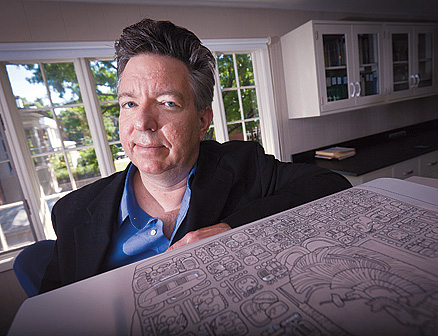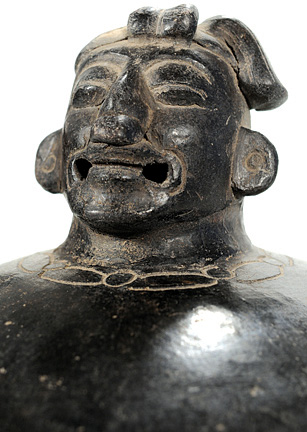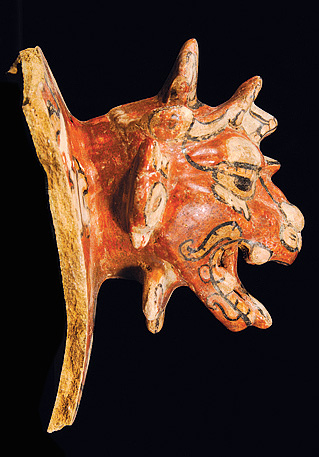On May 29, anthropologist Stephen Houston was watching a Guatemalan worker chip away at a slab of stone when a piece of the rock gave way. When Houston peered into the hole that had been made, he saw pitch-blackness. He and his team then lowered a light and were dazzled. "We saw a riotous explosion of color," Houston says.

All had been sealed shut in what is almost certainly the burial ground of a Mayan king, likely one who'd begun a new dynasty. "Basically, we were looking at a bank vault in Mayan terms, where they placed some precious objects along with royal treasure," says Houston, who is the Dupee Family Professor of Social Science and the recipient of a MacArthur genius award.


"This was a pretty gruesome activity," Houston says. The tomb smelled rank, a result of outside air hitting the entombed items for the first time in hundreds of years and causing putrefaction. A sacrificial blade stained with a red residue that is likely blood was also found near the king's hand. "The tomb just went on and on with these exotic and bizarre features."
Among the items were lids of pots painted with shrieking monkeys whose their tongues are hanging out; red ingots of the same size, which may have been used as a measurement system; and masks depicting different aspects of the sun god.
The site in Guatemala is now guarded around the clock to prevent looting. All the items in the tomb have been excavated, but Houston plans to return next year to continue digging. Houston says that he told one of the students who was with him, "This is probably the only time you will dig up something like this. They come along once in a generation."





